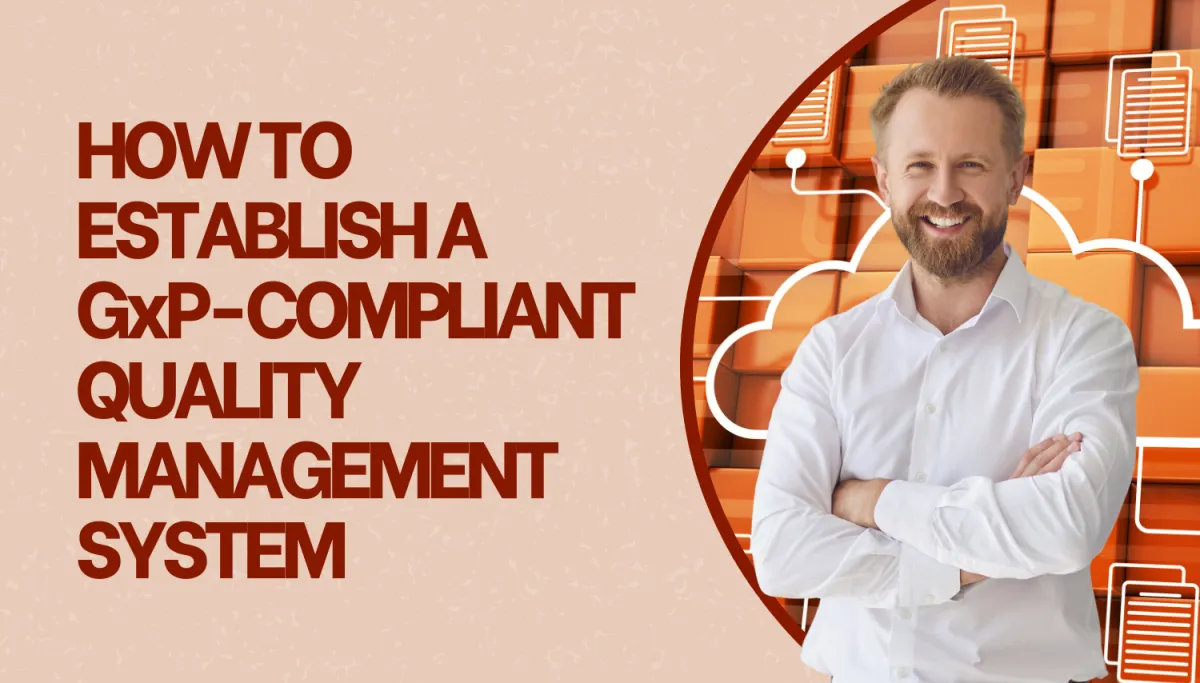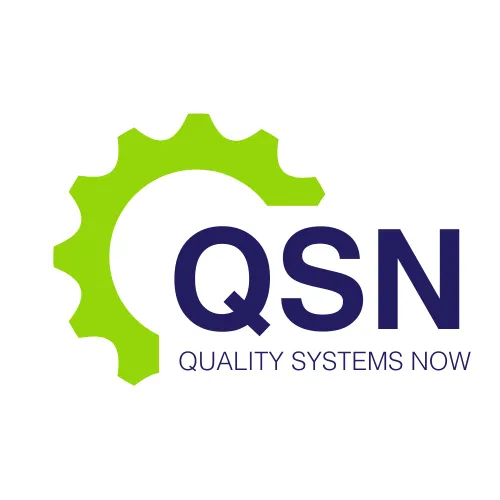LATEST NEWS

How to Establish a GxP-compliant Quality Management System
For organisations operating in regulated life sciences sectors—such as pharmaceuticals, biotechnology, and medical devices—establishing a GxP-compliant Quality Management System (QMS) from the ground up is a complex but critical undertaking. At Quality Systems Now, we’ve guided numerous clients through this journey, building and validating effective quality systems that not only comply with global GxP expectations but also support Therapeutic Goods Administration (TGA) audits and market success in Australia. Whether you are a start-up preparing for product launch or an established manufacturer entering a regulated market, this article outlines the essential steps, including eQMS configuration, system validation, SOP development, and process implementation.
What Is a GxP QMS and Why Does It Matter?
“GxP” refers collectively to the various good practice guidelines and regulations—such as Good Manufacturing Practice (GMP), Good Clinical Practice (GCP), and Good Laboratory Practice (GLP)—designed to ensure safety, quality, and efficacy in life sciences. A QMS that adheres to GxP is essential for maintaining compliance with national and international regulations, particularly those enforced by the TGA in Australia.
Building a GxP QMS from scratch requires careful planning, cross-functional collaboration, and a strong understanding of risk management principles. The system must not only be audit-ready but also scalable, efficient, and tailored to the specific nature of the organisation’s operations and product lifecycle.
Step 1: Define the Scope and QMS Framework
The first step in building a GxP QMS is to clearly define the scope of the system. This includes identifying:
The products or services subject to GxP oversight
The regulatory requirements relevant to the market (e.g. TGA, PIC/S GMP, FDA 21 CFR Part 11)
The sites and departments involved in the regulated processes
At Quality Systems Now, we begin each engagement by conducting a comprehensive regulatory mapping exercise. This helps our clients understand their obligations and design a QMS that aligns with both business goals and compliance requirements.
Next, we establish the core framework of the QMS, including:
Quality policy and objectives
Organisational structure and roles
Quality manual and document hierarchy
Governance and communication procedures
Step 2: Select and Configure an eQMS Platform
Electronic Quality Management Systems (eQMS) are increasingly essential for managing the complexity of GxP compliance. Choosing the right eQMS platform from the start saves significant time and cost down the road. The platform must support controlled document management, training, CAPA, change control, audits, deviations, and risk assessments.
Our approach at Quality Systems Now involves:
Identifying user and system requirements through URS and functional specifications
Evaluating eQMS vendors based on scalability, regulatory compliance (including 21 CFR Part 11 and Annex 11), and ease of use
Configuring workflows to support GxP compliance while remaining lean and agile
Establishing user roles and permission controls to ensure data integrity and traceability
We prioritise platforms that offer audit-ready reporting capabilities and integrate well with existing enterprise tools (e.g. ERP, LIMS, or MES systems).
Step 3: Validate the eQMS
Validation is a regulatory requirement for any electronic system used in GxP environments. This process ensures that the eQMS performs as intended and complies with regulatory expectations for computerised systems.
Our validation process includes:
Developing a validation master plan (VMP)
Performing installation qualification (IQ), operational qualification (OQ), and performance qualification (PQ)
Executing test scripts that reflect real-world use cases
Generating traceability matrices to link requirements, specifications, and test results
All validation activities are documented and subject to internal quality review. This is a critical step, as TGA auditors will examine validation evidence during inspections to confirm data reliability and system control.
Step 4: Develop Core SOPs and Quality Procedures
Standard Operating Procedures (SOPs) form the backbone of a GxP QMS. They must be detailed, consistent, and accessible to staff at all levels. When creating a QMS from scratch, it’s essential to establish foundational SOPs that govern all key quality system elements.
Key SOPs include:
Document and record control
Training and competency management
Deviation and nonconformance handling
CAPA processes
Change control and configuration management
Internal audits
Supplier qualification and oversight
Batch release and product disposition
Complaint handling and recall management
At Quality Systems Now, we tailor SOPs to reflect the client’s operations while aligning with international standards (e.g. ICH Q10, ISO 13485). We also provide staff training to ensure SOPs are fully understood and correctly implemented.
Step 5: Implement GxP-Compliant Processes Across the Organisation
A QMS is only as strong as its implementation. Once the system is designed and documented, processes must be embedded into daily operations. This includes integrating quality requirements into design, manufacturing, quality control, and post-market surveillance.
We support clients by:
Mapping cross-functional processes to identify quality touchpoints
Establishing risk-based decision-making frameworks using tools like FMEA and HACCP
Training department heads on their quality responsibilities
Conducting readiness assessments to confirm process adoption
Each process is monitored through KPIs, audit results, and management reviews, creating a feedback loop for continuous improvement.
Step 6: Prepare for the TGA Audit
For Australian-based organisations or those seeking market access in Australia, the TGA audit is a pivotal milestone. A newly built QMS must demonstrate:
Full alignment with PIC/S GMP and ISO 13485 (for medical devices)
Validated electronic systems
GxP-compliant records and traceability
Trained and competent staff
Effective risk management and CAPA processes
Quality Systems Now conducts mock TGA audits to simulate the inspection experience. These audits evaluate documentation, conduct staff interviews, and sample quality records. Findings are documented in audit reports, and we work with clients to implement corrective actions well in advance of the official audit.
Our clients who have adopted this structured approach have successfully passed TGA audits with minimal or no findings—some achieving A1 audit ratings on their first attempt.
Step 7: Maintain and Improve the QMS Post-Audit
Building a QMS is not a one-time event. It requires ongoing maintenance, updates, and enhancements to remain effective and compliant. Post-audit, the focus shifts to:
Addressing any nonconformities identified by the TGA
Conducting regular management reviews and quality trend analyses
Staying up to date with evolving regulatory expectations
Enhancing system functionality and user experience
Maintaining a strong quality culture across the organisation
At Quality Systems Now, we offer ongoing support services, including audit readiness checks, eQMS updates, training refreshers, and regulatory horizon scanning to help clients remain compliant and competitive.
Conclusion
Building a GxP-compliant QMS from scratch is a strategic investment that requires expertise, precision, and long-term vision. When done right, it not only meets regulatory requirements but also strengthens product quality, operational efficiency, and market trust. With a validated eQMS, well-crafted SOPs, embedded quality processes, and a clear path to TGA audit readiness, organisations can confidently launch and scale their operations in highly regulated environments.
At Quality Systems Now, we are proud to support clients across all stages of this journey—designing systems that work, validating tools that last, and guiding teams toward audit success. Whether you're starting from zero or rebuilding for compliance, we’re here to help you build a QMS that’s built to last.
